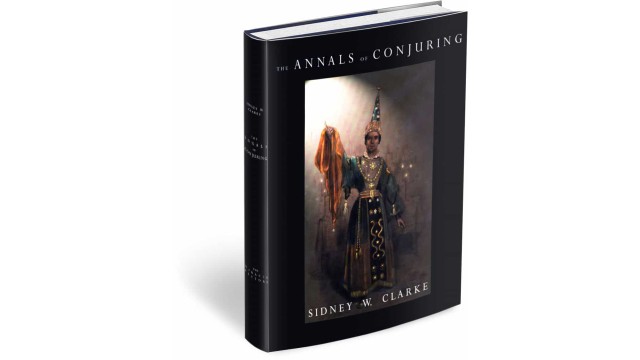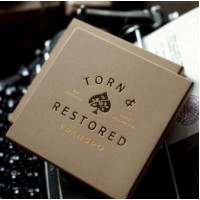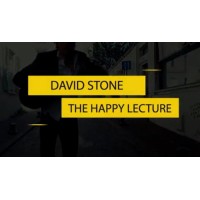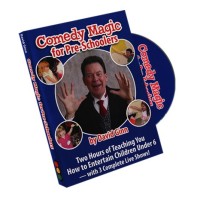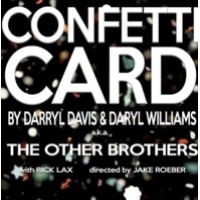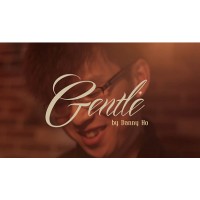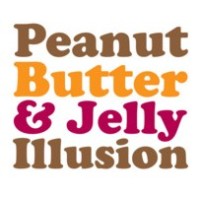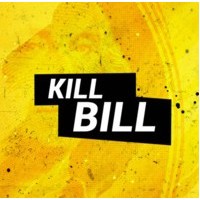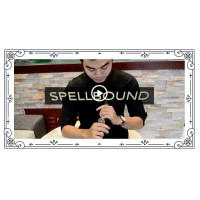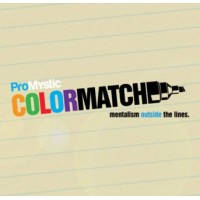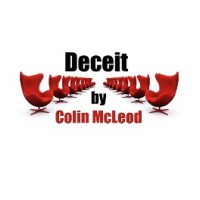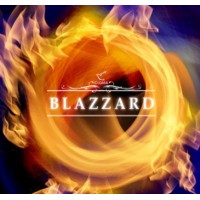The Annals Of Conjuring (316 Pages) by Sidney W. Clarke
- Product Code: C#20136
- Reward Points: 65
- Availability: In Stock
- $16.99
-
$13.99
- Price in reward points: 1399
The text was first published serially in the pages of The Magic Wand from 1924 to 1928, then later in book form (1929, 1983, 2001 ). This eBook is based on scans of the original pages from The Magic Wand, and save for the cover and preface ('borrowed' from the 2001 'Miracle Factory' edition), does not include any of the later-added indices, annotations or other material. All of the book versions of The Annals of Conjuring are rare, valuable, and hard to find.
A bit of the history of the text...
Clarke's friend John Nevil Maskelyne was the one that suggested he should write a history of conjuring and gave him access to the records at Maskelyne's theatre. Clarke's sources included existing literature, first-hand details from reliable individuals and contemporary records; original programmes and playbills of nineteenth-century performers; engravings of conjurers; and newspaper reports and advertisements.
At the time when Clarke began working on The Annals, very few histories of conjuring had yet been published. Works available to Clarke that focused mostly on conjuring (as opposed to occult magic) was Thomas Frost's The Lives of the Conjurors (1876), Henry Ridgely Evans' Magic and Its Professors (1902) and The Old and the New Magic (1906 and 1909), Houdini's The Unmasking of Robert-Houdin (1908 ) and his Conjurers' Monthly Magazine (1906-1908 ).
At the conclusion of his work, Clarke acknowledges the help from John Nevil Maskelyne, Angelo J. Lewis (Professor Hoffmann), Harry Houdini, and Adolphe Blind, all who had died before the serial work in The Magic Wand was completed. He also thanks David Devant, George W. Hunter, and Sidney Oldridge for their assistance.
At the beginning of his project, he furnished references to some sections of his text, but by and large he did not adopt any academic procedure. Most likely because he was writing for a magazine catering to the general interests of magicians.
Based on advertisements in The Magic Wand starting in 1919, the original intention had been to publish the work as a book. When only a few people expressed interest, he abandoned thoughts of publishing it in book form. George Johnson, editor of The Magic Wand, serialized it several years later.
It is also known that the original intention had been to include a bibliography in The Annals. However, the decision was made to issue it as a separate entity as The Bibliography of Conjuring and Kindred Arts. It was compiled by with friend Adolphe Blind and published by George Johnson in 1920.
Clarke's original manuscript, his earlier drafts of the text, and any notes he would have made, did not survive. In 1983, T. E. B. 'Tibby' Clarke confirmed that the only relevant book in the family's possession was copy number 1 of the limited edition of four copies of The Annals published by George Johnson in 1929, and that there were no other pertinent papers.
The Magic Wand was a British Magic Periodical that ran for 47 years from Vol. 1, No. 1 (September 1910) to Vol. 46, No. 256 (December 1957). It was equivalent to the US published Sphinx in terms of influence, longevity and timeframe.
The Magic Wand was a actually continuation of P. T. Selbit's magazine The Wizard, which was renamed when it was handed over to George Munro.
It started out as a monthly, suspended for a time during World War I, was transformed into a quarterly in 1921 after George Johnson had taken over, and finally became an undated 'four-part book' until the last issue which bore the number 256.
Professor Hoffmann made regular contributions and The Annals of Conjuring by Sydney W. Clarke was first serialized here.
Reviews (0)
Related Products
Alternative Card Magic by Jerry Sadowitz & Peter Duffie
Published by Martin BreeseThis work has become a classic among card magicians. Alternative Card Magi..
$3.99 $7.68
The Annotated Erdnase by Darwin Ortiz
Darwin Ortiz - The Annotated ErdnasePDFThere has been a lot of talk about SW Erdnase lately. And, wh..
$1.99 $7.48
Imagination by Geraint Clarke & Peter Turner
Imagination is five years in the making. A compendium of ideas from two of the most innovative minds..
$1.99 $12.99
Conjuring Philip by Donna Zuckerbrot
CONJURING PHILIP tells the tale of researchers who experiment in communication with the spirit world..
$1.99 $3.99
Non Plus Ultra: Hofzinser's Salon Magic (Vol. 3 & 4)
Book by Magic Christian and Conjuring Arts Research CenterThe highly-anticipated fina..
$7.99 $39.99
Henry Ridgely Evans - Hours With the Ghosts
Henry Ridgely Evans - Hours With the Ghosts..
$1.98 $6.99
Recommend
Al Mann's Sensational Boiler Escape by Devin Knight & Al Mann
Al Mann's Sensational Boiler Escape by Devin Knight & Al Mann Download? A Psychic Demate..
$2.99 $5.50
Torn & Restored Transpo by David Williamson
Torn & Restored Transpo by David Williamson It's an effect in the working repertoire of many..
$1.99 $6.99
Comedy Magic For Preschoolers by David Ginn
Comedy Magic for Pre-Schoolers by David Ginn Do you want to entertain children under age six? He..
$3.99 $6.99
Confetti Card by Darryl Davis & Daryl Williams
Confetti Card by Darryl Davis & DaryI Williams (a.k.a. The Other Brothers) Thi..
$2.99 $5.99
Gentle by Danny Ho
Gentle by Danny Ho (VE MA) Gentle?is an extreme coin magic tutorial by Danny Ho.? You are going..
$2.99 $5.99
Peanut Butter And Jelly Pro Presented by Dan Harlan
Peanut Butter and Jelly PRO presented by Dan Harlan? ALL NEW PRO PRESENTATION. The family-sho..
$2.99 $5.99
Kill Bill by Dan Harlan
Kill Bill by Ari Bhojez presented by Dan Harlan A torn and restored card using a signed borrowe..
$2.99 $5.39
Cut And Restored Rope
Cut and Restored Rope This is THE Cut and Restored Rope routine to do. It's fun, visual, an..
$1.99 $4.50
Spellbound Magic by Creative Artists And Yuxu
Spellbound Magic download (video) by Creative Artists and Yuxu ($10.00) At Vanishing Inc. Magic we..
$1.99 $4.59
Tu by Creative Artists And Nguyen Ngoc Tu
Tu by Creative Artists and Nguyen Ngoc TuThe 'Creative Artists' are a wildly talented group of magic..
$2.99 $5.99
Promystic Colormatch by Colin Mcleod And Blake Adams
ProMystic ColorMatch by Colin Mcleod and Blake Adams PDF Description ColorMatch is a ..
$15.99 $31.99
Deceit Chair Prediction by Colin Mcleod
Colin Mcleod - Deceit - Chair PredictionPDFMany people who have now read the book have offered many ..
$4.99 $8.98
Blazzard by Cigma Magic
Fire has long been used as a catalyst to trigger subsequent magic effects. However, heating up objec..
$2.99 $5.39
Half Track by Christopher Taylor
Half Track by Christopher Taylor A miracle-class Think-a-Card routine with two participants present..
$4.99 $8.00
Cigatration by Chris Westfall
Cigatration by Chris Westfall Ever thought about doing ""Cigarette Through Coin""? This is THE ..
$1.99 $4.99

